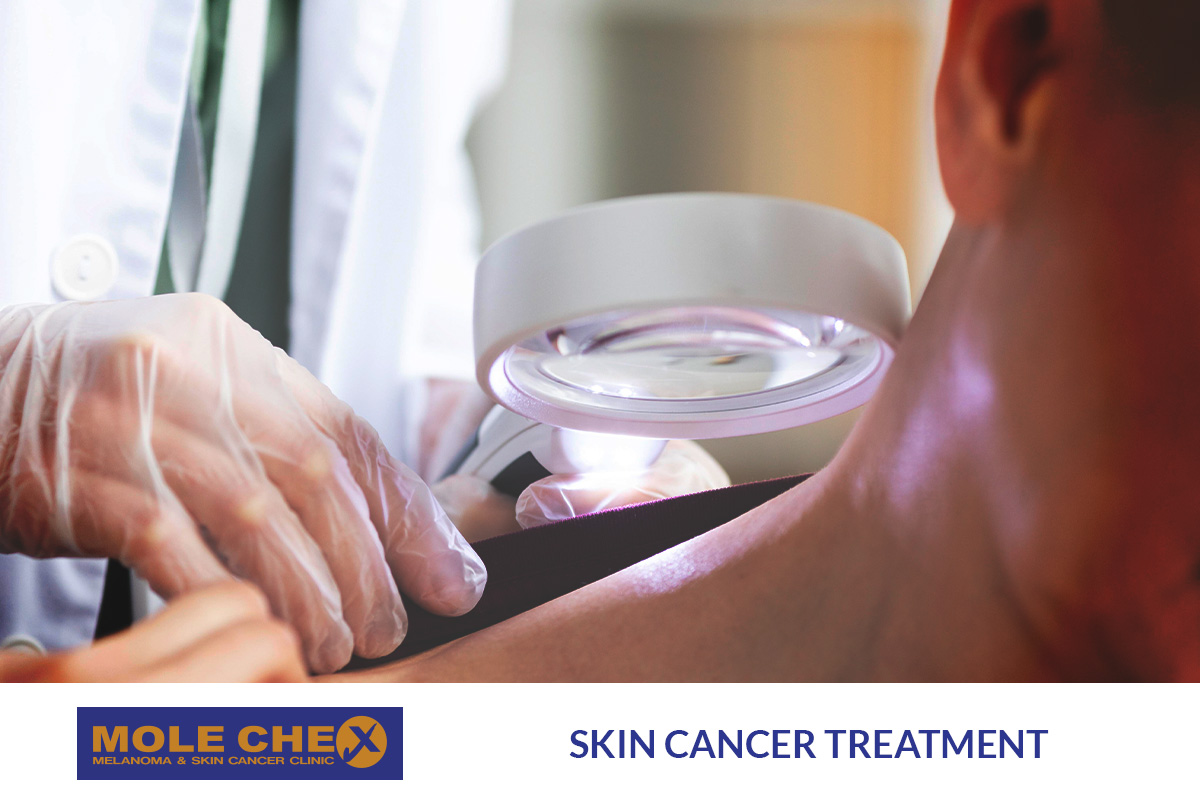Best Practice Skin Cancer Treatment: Ensuring Effective Cancer Treatment and the Best Possible Cosmetic Outcomes

Skin cancer, while being one of the most common types of cancer, is also one of the most treatable, especially when detected early. The key to successful treatment lies not only in effectively eradicating the cancer but also in achieving the best possible cosmetic outcomes. This dual focus ensures that patients not only overcome the disease but also maintain their quality of life and self-esteem post-treatment. In this article, we explore best practices in skin cancer treatment, emphasizing strategies that promote both effective cancer eradication and superior cosmetic results.
Early Detection and Diagnosis
Early detection is paramount in the treatment of skin cancer. Regular skin examinations, both self-examinations and professional evaluations, can lead to the identification of suspicious lesions early on. Technologies like dermoscopy and digital mole mapping have enhanced the ability of dermatologists to monitor changes over time, enabling the early detection of malignant transformations.
Choosing the Right Treatment Option
The choice of treatment depends on several factors, including the type of skin cancer, its size, location, and whether it has spread. Here are the main treatment options that consider both cancer eradication and cosmetic outcomes:
- Surgical Excision: This is a common treatment for many types of skin cancer, involving the surgical removal of the cancerous tissue along with a margin of healthy skin. While effective, the choice of technique and the surgeon’s skill are crucial in minimizing scarring.
- Mohs Micrographic Surgery: Highly effective for treating certain types of skin cancer, such as basal cell carcinoma and squamous cell carcinoma, Mohs surgery involves removing the cancer layer by layer and examining each layer under a microscope until no cancerous cells remain. This method minimizes the removal of healthy tissue, which is ideal for cancers in cosmetically sensitive areas.
- Cryotherapy: This involves freezing cancer cells with liquid nitrogen. It’s less invasive and leaves minimal scarring, making it a good option for small, non-melanoma skin cancers.
- Topical Treatments and Photodynamic Therapy (PDT): These are suitable for superficial skin cancers and precancerous growths. PDT, for example, uses light-sensitive drugs and a light source to destroy cancer cells with minimal damage to surrounding tissues.
- Radiation Therapy: Considered for patients who cannot undergo surgery, radiation therapy can be effective, especially in areas where surgery is challenging. Advances in radiation technology have improved its precision, reducing damage to healthy skin and improving cosmetic results.
Post-Treatment Care and Reconstruction
Post-treatment care is crucial for healing and cosmetic recovery. This may include wound care, scar management techniques such as silicone gel sheets and corticosteroid injections, and, when necessary, reconstructive surgery. Dermatologists and plastic surgeons often work together to plan treatments that minimize scarring and preserve the function and appearance of the affected area.
Cosmetic Rehabilitation
For patients who experience significant cosmetic changes due to skin cancer treatment, cosmetic rehabilitation offers a range of services, from makeup and tattooing to cover scars, to surgical revision and laser therapy to improve skin texture and appearance. The goal is to help patients feel confident in their skin again.
Conclusion
The best practice in skin cancer treatment requires a balanced approach that not only focuses on completely removing the cancer but also on achieving the best possible cosmetic outcomes. Through early detection, selecting the appropriate treatment modality, and providing comprehensive post-treatment care, healthcare providers can ensure that patients not only survive skin cancer but also thrive after their treatment. As advancements in dermatological treatments continue to evolve, the future holds even greater promise for effective and cosmetically sensitive skin cancer care.
Are you interested in reading more? Read other articles :
